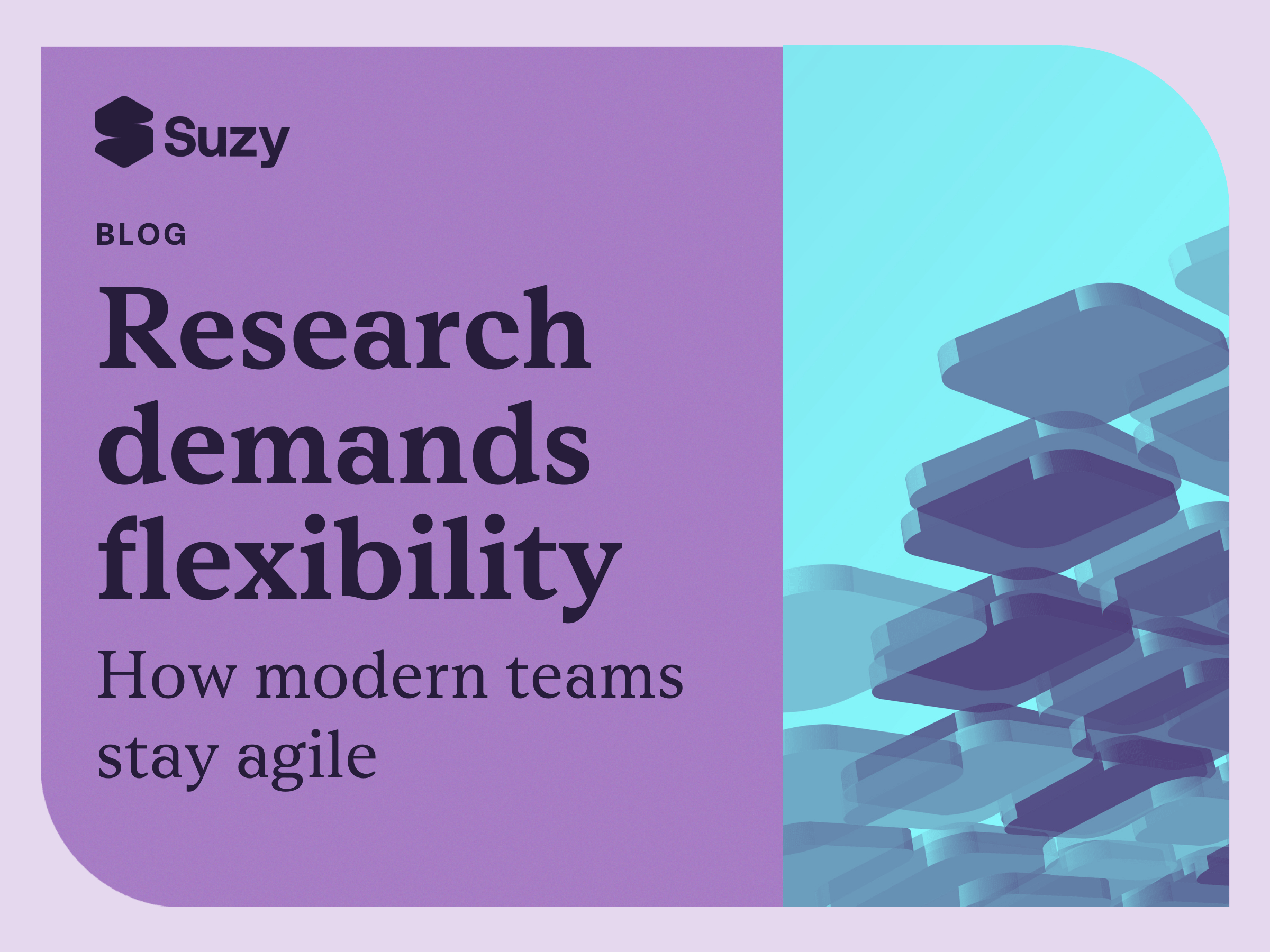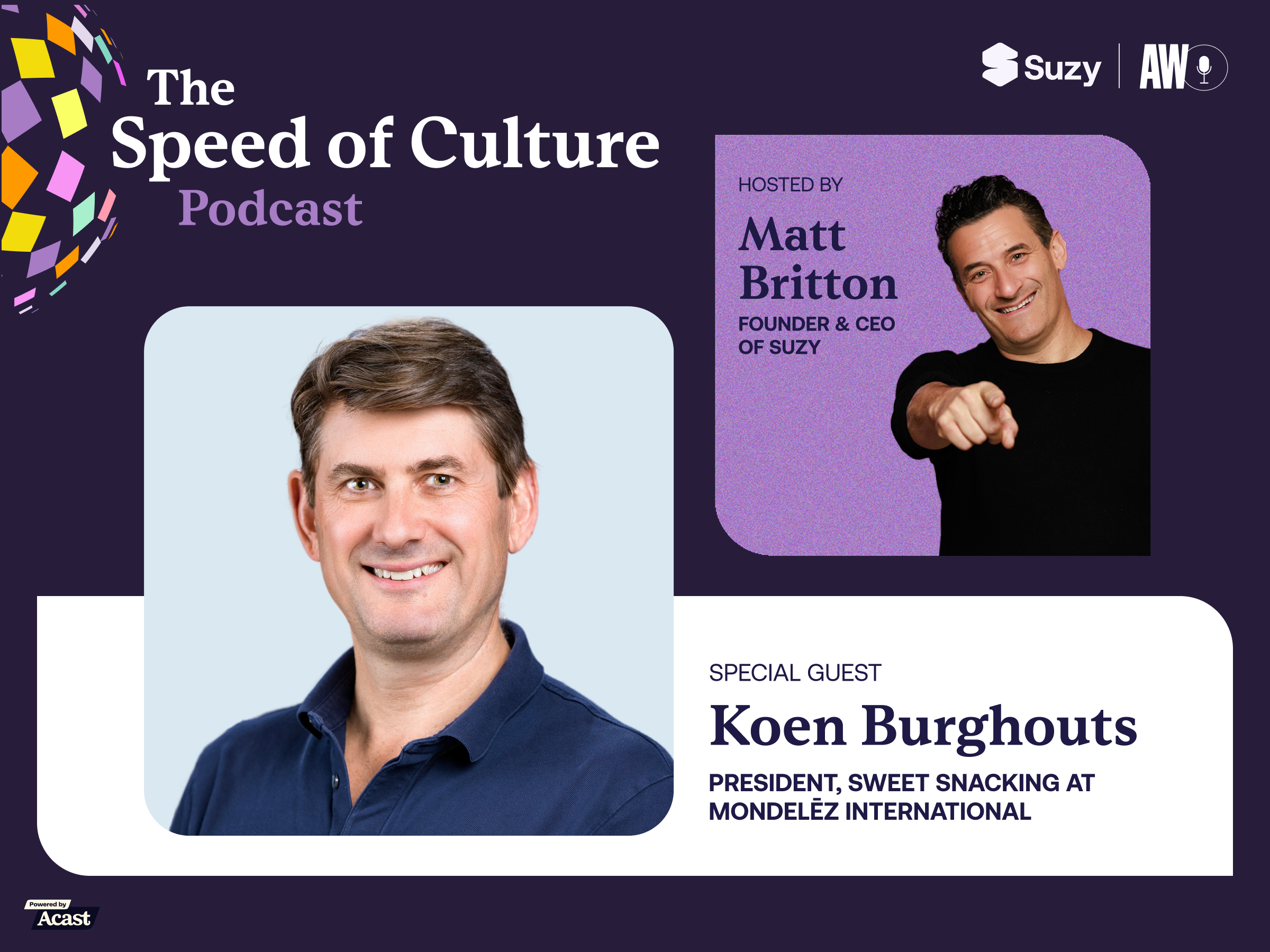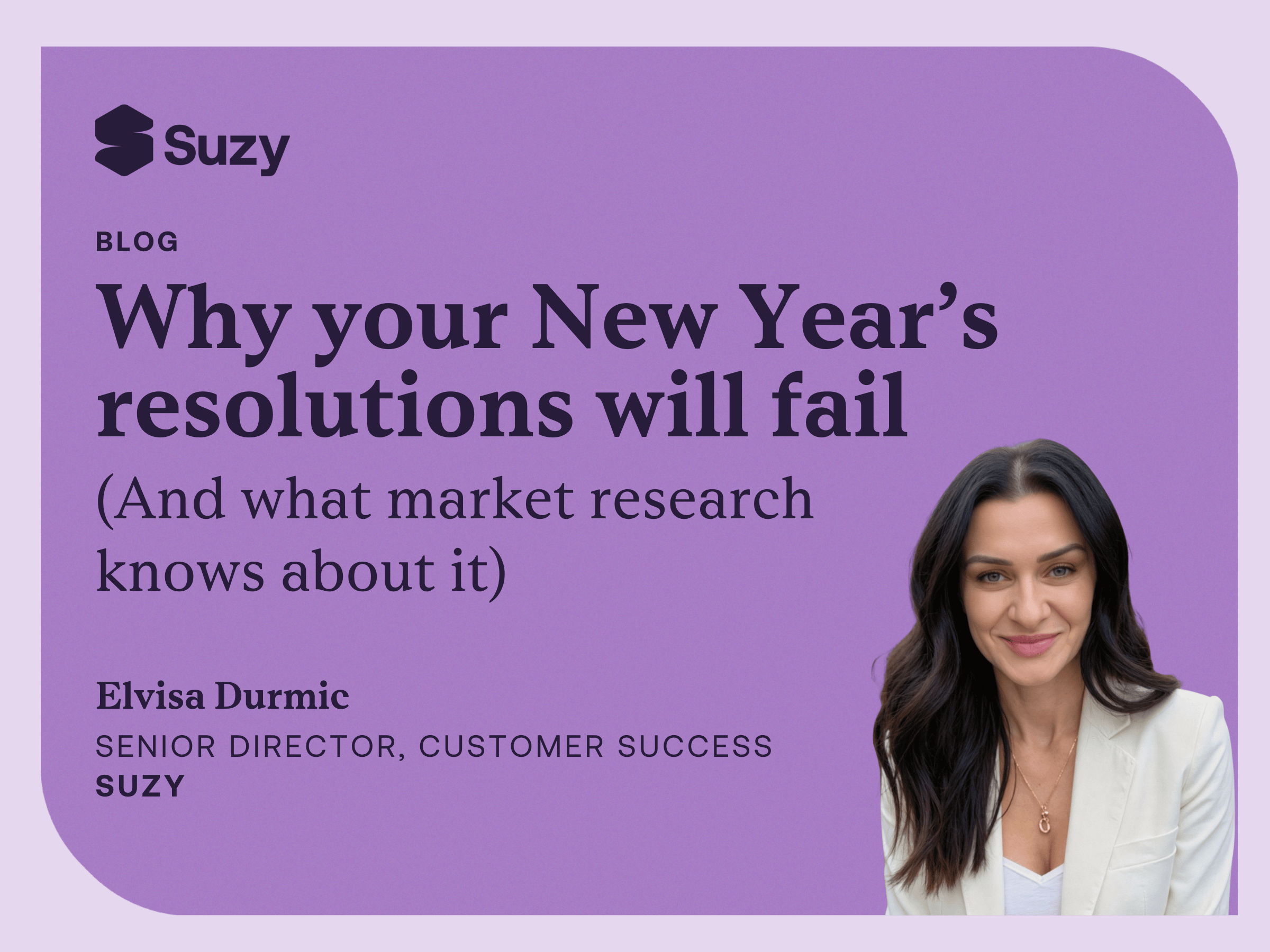New technologies and increased competition are significant challenges for enterprise brands. However, an even greater priority is addressing and fulfilling the diverse needs and desires of their consumer base. That’s difficult to do when consumer behavior constantly changes. And staying on top of shifting values, trends, motives, purchasing behavior, and priorities is often expensive.
Despite the challenges, one truth remains—brands that obsess over consumers and allow them to inform every strategy will be the most successful. Brands that don’t risk becoming irrelevant.
The solution to all these pitfalls is putting the consumer first in everything—and uniting your entire organization around the common goal of consumer-led growth.
While every organization believes that they think about the consumer, there is a difference between thinking about the consumer and being consumer-led.
So how and why should an organization become consumer-led? What steps are needed to put the consumer first? And how can brands do it effectively and affordably?
Let’s explore what it means to be consumer-led—and how Suzy can help you do it.
What is consumer-led growth?
Consumer-led growth is the idea that every decision made by a business should be driven by a deep understanding of the consumer. It means seeking consumer opinions and analyzing their behavior to gain a deeper understanding of their needs and preferences. Then, everything from product development and marketing to sales and customer service is shaped by the needs, wants, and behaviors of the consumer.
In short, it means fixating on what the consumer wants, needs, and desires. It means involving consumers at every step of your process, seeking out their feedback, and implementing it.
Consumer obsession is what it takes to win
Obsessing over the consumer allows organizations to go beyond just growth. It allows them to win! By implementing a consumer-led growth strategy and putting the consumer first with research, you can:
- Truly understand consumers. Then you can:
- Personalize your marketing and outreach for experiences consumers will rave about.
- Build strong relationships by delivering best-in-class customer service to retain your target consumer.
- Identify growth opportunities. Then you can:
- Expand into new markets and target the needs and preferences of new customers, extending your market share.
- Identify your competitors' weaknesses and come up with a plan of attack.
- Develop new products and services that people actually want. Then you can:
- Create innovations that differentiate you from your competitors.
- Identify gaps in your product portfolio and launch new products that consumers will love.
- Optimize your creative, packaging, and messaging. Then you can:
- Drive sales volume with appealing designs.
- Stand out on the shelf from your competitors.
- Build internal growth capabilities. Then you can:
- Create an internal culture that values innovation, experimentation, and continuous improvement.
- Go to market fast with data-backed decisions and gain penetration.
How do brands become consumer-led?
To become consumer-led, start with foundational and behavioral research. Lay the groundwork of who your target consumer is to identify trends, increase your market share, and mitigate risk. When you know your target consumer inside and out, including what motivates their behavior, you can then develop the products they crave.
Then, allow your target consumers to help at every stage of your research and development and innovation process. With consumer feedback at every step, you can create products and services with higher success rates and better cost efficiency. Plus, involving the consumer in your process ensures you can launch products that are less likely to flop.
When it’s time to go to market, your consumers can also help you develop impactful creative, messaging, and product packaging. Their insights can boost conversions and help you grow your brand equity.
Finally, consumers can help you track your place in the market and build internal growth capabilities. Understand how shoppers see both your brand and your competitors so you can make strategic decisions and increase sales.
From there, rinse and repeat. The process should be iterative and continuous. There is always more to learn from consumers—and your brand needs to obsess over the consumer from one product lifecycle to the next. Their feedback will let you know when a product ceases to be innovative and needs to be rethought. You can also learn when attitudes towards packaging shift, as sustainability becomes increasingly important. Or you can catch a competitor sneaking up on you and quickly act to stay on top.
With this process, you can keep up with consumers, anticipate their behavior before it shifts, and ensure that you are the brand that can consistently meet their needs. By obsessing over the consumer, you may even become a brand they are in turn captivated by.
What your brand needs to be consumer-led
Suzy built our platform to help companies put consumers at the heart of their every move. Here’s what we created to foster consumer-centricity at top enterprise brands:
- Affordable and fast research: Because you need the ability to test fearlessly and frequently to continually gather consumer feedback, research has to be both cost-effective and time-efficient. Consumer-led companies can’t wait months for data to come back. By then, consumer behavior may have shifted. At Suzy, you can get a n=500 survey back in just 30 minutes, or launch a focus group in under 72 hours.
- Unconstrained and continuous learning from the same consumers: For iterative learning, you need to be able to speak to the same consumers over and over, learning from them at every turn. That helps you tweak designs, copy, packaging, and claims until it is optimized to drive sales. Since Suzy owns its own online panel, you can survey and learn from the same target consumers across multiple surveys and action types.
- Integrated quantitative and qualitative insights: As you explore with consumers, you’ll need to constantly examine The What and The Why. That means you need both quant and qual methodologies integrated into one system. Then, you can retarget consumers who answered a specific question in a certain way on your quant survey and add them to a focus group or IDI for deeper learning.
- Robust methodologies: Understanding consumer behavior means tapping into a variety of methodologies, depending on what you want to know. MaxDiff, TURF, and many others can help you truly optimize your products and make sure you make an impact in the market.
- Flexibility and a dedicated partner in research: When you need to quickly validate something, you need research at your fingertips. Our DIY platform is suitable for both beginner and advanced researchers. We also have an internal team of experts for both support and agency-quality research at a fraction of the cost.
The Suzy Difference
Suzy empowers businesses to center their entire operation around the consumer.
Our mission has always been to enable human understanding at the speed of culture. Now, we’re taking our capabilities a step further to empower brands to center their entire business around the consumer.
Suzy aims to transform traditional research methodologies by offering an integrated, continuous platform that instills a culture of consumer obsession across industries. With our integrated consumer research platform, we break down silos, reduce costs, and unleash the potential of AI-driven research, transforming businesses into champions of consumer-centric strategies.
Want to see how it works? Book a demo with us today to get started on your consumer-led growth journey.
.webp)







